“Making Taiko Music Become More Everyday Music” by Yuta Sumiyoshi
Making Taiko Music Become More Everyday Music
That’s what we had in mind when we launched this project, “The Heartbeat Laboratories.”
Even though many people know taiko from the music that accompanies Japanese festivals, and modern taiko performances, I think only a small number of people have heard the everyday sound of taiko.
For most Japanese people, taiko isn’t an everyday instrument.
I think that’s because people have stereotypes about taiko that they can’t push aside.
There’s “Japanese style background music,” which uses taiko and Japanese instruments. Many people think it only suits a particular type of scene, right?
In order to overturn that notion, we have to share a completely new genre of taiko music.
We can do that by not sticking to taiko alone, but by including Western instruments and electric instruments, and exploring a new ensemble beyond the limits of every type of music.
Some people may say, “That’s not taiko.”
To which I say, what do you think “taiko” is then?
For example, is it something composed in the Edo Period? Heian Period? Jomon Period?
Are you saying it’s taiko if it was created at a certain time?
And Kodo’s original instruments—Hibiki, Shime-jishi, and Kanade—they are Japanese drums, so are they “taiko”?
If you think about these questions and more, I think you’ll notice that the concept of taiko is more vague than you might think.
In every era to date, instruments have been continually improved to create the sound and musicality we want to conjure.
It’s the same for all instruments, not just taiko.
If people restrict the possibilities for taiko, by jumping to conclusions based on the fixed image they have of this instrument, then taiko music has no future.
That said, if we become bound by a Western sense of music, then we can’t escape from being labeled “Japanese style background music” either.
All we can do is keep creating deep-rooted, avant-garde music with Kodo’s identity at the heart of our sound. If we do that, I believe it will lead us to find new possibilities for taiko music.
We’ve decided to release new music for everyone’s listening pleasure, as well as for creators across a range of genres to use in their own creative works.
We hope Kodo’s new music will be used in films and other video productions, commercials and installations.
We hope to make taiko music become more everyday music.
Kodo will continue to share new taiko music with the world. Watch this space!
We’ve just released two digital albums: Kodo “Alatane” Vol. 1 and Vol. 2!
Available on Spotify, Apple Music, and Amazon Music now!
The Heartbeat Laboratories
“Alatane” Vol. 1 & Vol. 2
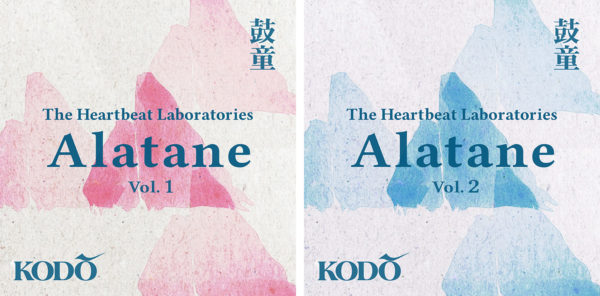
Featuring: Kodo Taiko Performing Arts Ensemble
◆Spotify
“Alatane” Vol. 1
“Alatane” Vol. 2
◆Apple Music
“Alatane” Vol. 1
“Alatane” Vol. 2
◆Amazon Music
“Alatane” Vol. 1
“Alatane”Vol. 2
Note: Kodo plans to make these available to creators later this year.

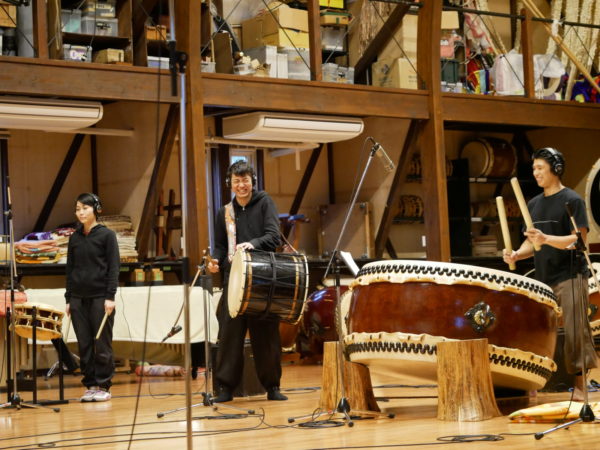
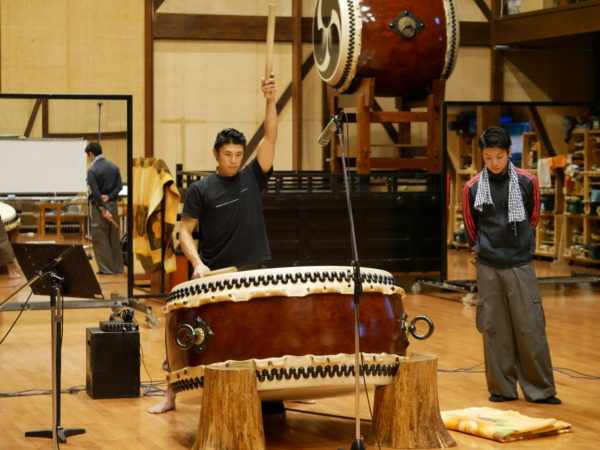
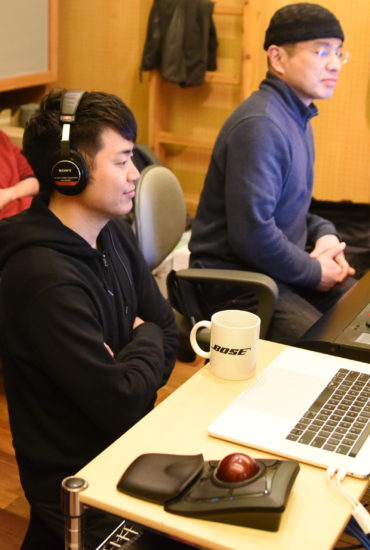

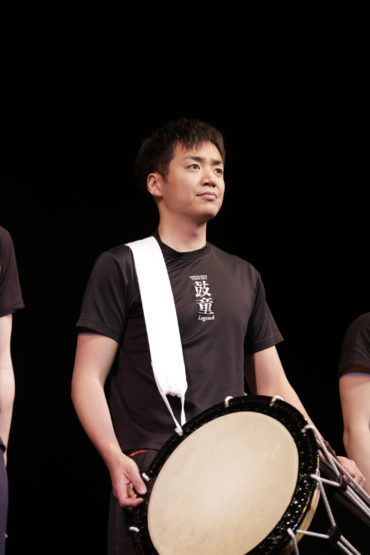 When I was a student, I happened upon this haiku and, for some reason or other, it stayed with me. I used the theme of this poem to compose “Shunpuu.” The haiku is filled with determination that gives the reader a sense of bravery, and even breeziness. I hope people feel powerful and invigorated when they play Shunpuu and when they hear it.
When I was a student, I happened upon this haiku and, for some reason or other, it stayed with me. I used the theme of this poem to compose “Shunpuu.” The haiku is filled with determination that gives the reader a sense of bravery, and even breeziness. I hope people feel powerful and invigorated when they play Shunpuu and when they hear it.